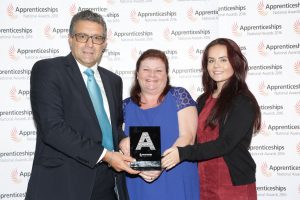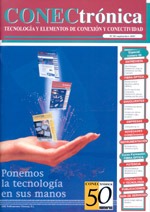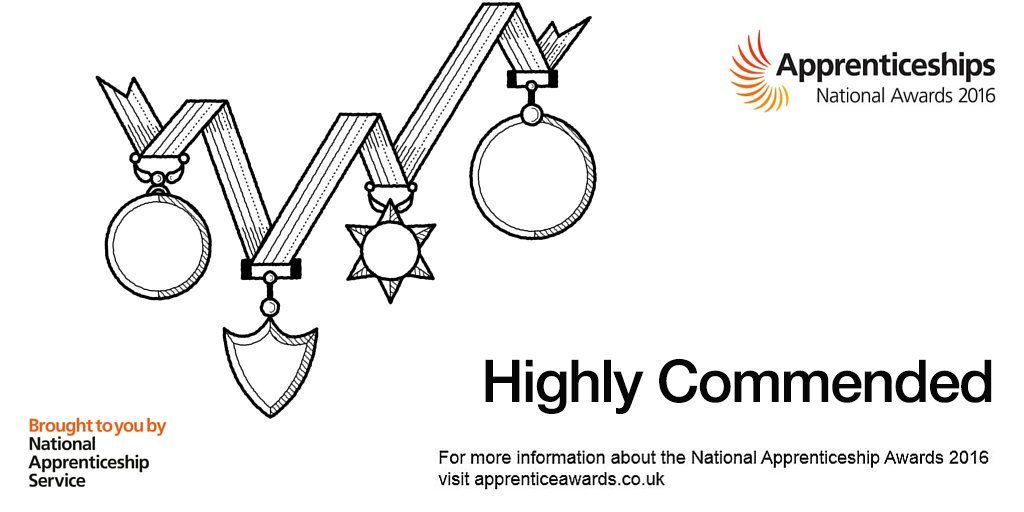INBOUND 2017 Taught Me: Topic Clusters
INBOUND 2017; what a week. Bringing together the best of HubSpot talent along with various marketing professionals and a few big names to add some pizzazz (Michelle Obama was a personal highlight of mine). Needless to say there was some great insight to be gleaned; some exceptional content, some slightly less exceptional – which kind of reflects one of the major themes across the week, ‘doubling down’ on content and focusing on quality over quantity. Although there is no silver bullet when it comes to SEO, your content has a large effect on how and where you rank.
I went to several talks around the subject of content and SEO and one of the main takeaways, was that it is increasingly difficult to get noticed in a world saturated in content. Search engines are getting better at pushing the best and most relevant content to the top and people now search the way they speak, in other words ‘Natural Language Search’ terms are favoured over exact match keywords. Before you all despair and hang up your content writing hats for good, another takeaway was that content marketing is not dead - without content, what is marketing?
Whilst you ponder on that philosophical statement for a moment, let’s talk about how we can make things better. I think the first thing to realise is that churning out endless streams of content is no longer going to get you very far. This is applicable across the board – through B2B and B2C, in all variety of industries. People expect more today. When I say ‘expect more’, I mean quality - because they can afford to be picky; it is truly a time where inbound marketing reigns supreme and being able to ‘converse’ with your audience and know what they want, when they want it, is vital.
So, with this in mind, if we stop creating lots of content, what do we fill the gap with? Firstly, make a cup of tea. Then, take a deep breath and realise you don’t need to panic-write that Buzzfeed style list about 10 of the best whatever’s now. It’s time to bring in the Topic Cluster; a new phrase I learnt at INBOUND. The premise of this approach is that you focus on topics over keywords and start to really ‘own’ these topics by creating relevant and useful content in relation to your core topics, rather than endless reels of unrelated content that gets lost in your ever-expanding library.
It’s time to start architecting your website to make sense to Google – by creating neat little clusters of related content, you’re serving to make things a lot easier for Google to find your good stuff, all efficiently linked together and all really relevant to the pillar content that you’re writing about. For those of us who get delight out of organising things, this is great news. A topic cluster consists of pillar content, the cluster/ subtopic content and internal links. The pillar page acts as the main content and should be the overarching subject area. Your cluster content will then elaborate on different facets of your pillar content and should all link back to your pillar page – by linking back in this way, it signals to the search engine that the pillar page is the authoritative piece.
The way people search is changing, algorithms are getting more and more sophisticated and searchers expect fast and accurate results, by restructuring your website and content using clusters you serve not only to unjumble the web of pages you have to manage but also make it faster for search engines to crawl and understand that there is a relationship between the content indicating a real depth of knowledge, which ultimately serves to increase authority. This is something that can also be retrospectively; you may have mountains of content that can be clustered and linked together. This can be a perfect opportunity to do a content audit, weed out the lowest performing pieces and assess what is really vital and what can be ditched. By grouping your content in this way you can also identify where.
Why not take a look at other posts in our INBOUND 2017 Series?
- The Top 15 Things We Learnt at INBOUND 2017
- INBOUND 2017 Taught Me: The Importance of Look-alike Campaigns
- INBOUND 2017 Taught Me: HubSpot Finally Reveals the Secrets to Achieving Explosive Success on LinkedIn
- INBOUND Taught Me: How to Win in the ever-evolving world of Social Media
Enginuity Europe plans documentary on wearables
Phil Ling, editor-in-chief of Enginuity Europe is planning a mini-documentary about Wearable Technology that aims to follow in the footsteps of the Smart Home documentary that the publication produced earlier this year.
The video will be aimed at design engineers within OEMs that are developing products for the Wearable sector. Up to six companies who are actively developing semiconductor solutions targeting the wearables market can participate in the project, although Phil is keen to make sure that spokespeople will be able to offer good insights into the needs of this rapidly emerging sector. He’s particularly looking for companies in areas such as Sensors, Processors/MCUs, RF, Power and Battery Management, User Interfaces, Operating Systems and, if applicable, Cloud-Based Technologies.
The format for the mini-documentary will be a 15 to 20 minute video featuring edited excerpts of one-to-one interviews with each participant, conducted over a Skype video call. The final mini-documentary will also be published on Enginuity Europe and its Social Media channels including YouTube, Facebook and Twitter.
Although there is no charge for participation in the mini-documentary, Enginuity Europe will also be able to produce a standalone video based on each interview conducted for a fixed-fee of £950. Interviews generally last around 30 minutes but the videos are edited down to around 15 minutes: check out Enginuity’s interviews on YouTube for examples of this format.
Interviews will be completed by the middle of November and the closing date for participant confirmation will be around November 10th. The mini-documentary (and all standalone videos) will be completed and published by early December.
Napier Wins Highly Commended Award at The National Apprentice Awards 2016
At a ceremony held in London on 17th October, Napier Partnership Limited, was awarded Highly Commended in the category of SME newcomer for the South East of England at the National Apprenticeship Awards 2016. Napier are huge advocates of hiring apprentices, having supported three students so far, and two of these have chosen to continue working at Napier.

Sue Husband, Director of the National Apprenticeship Service said, “The National Apprenticeship Awards enable exceptional apprentices and dedicated employers to receive the recognition they richly deserve. Apprenticeships enable people to gain the skills and knowledge they need to succeed - in some cases up to degree level; and for businesses to grow the talent they need.”
CONECtrónica reaches 200 issues

It's great to see publications hit these landmarks. When I talked to Carlos Martinez, commercial director at GM2 PUBLICACIONES TÉCNICAS, he was also very optimistic about the future, saying, “We are looking forward serving another 20 years more to the market." He also felt that this was an exciting time for the publication, commenting, "We're enthusiastic about covering the coming IoT and Industry 4.0 technologies.”
Well done to the whole team at CONECtrónica


